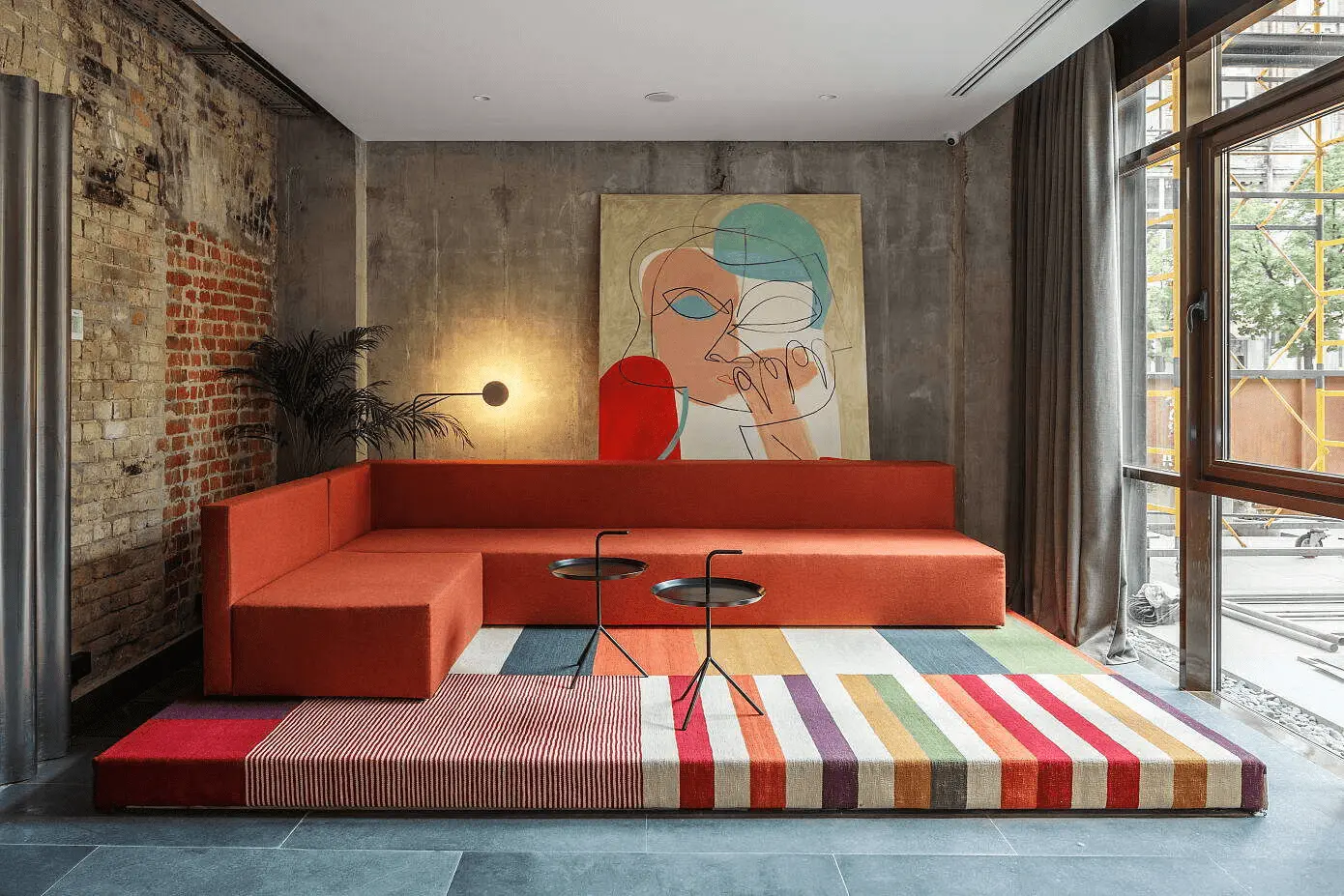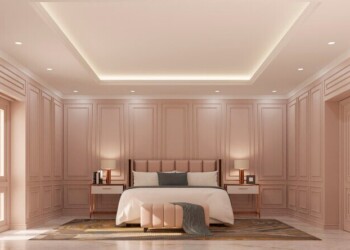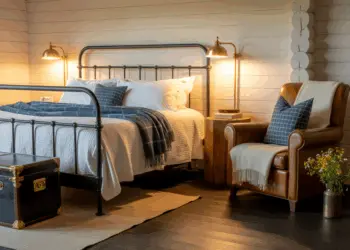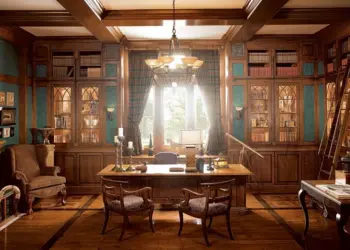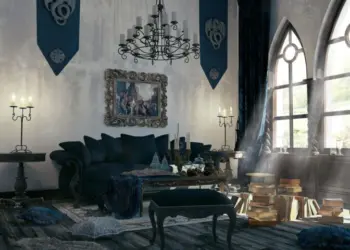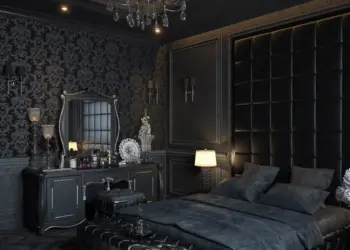Bauhaus interior design is a timeless aesthetic revolution that offers endless possibilities for creating functional, stylish, and personalized living spaces. Whether you prefer a pure Bauhaus look or want to blend it with other design styles, Bauhaus principles will continue to influence the way we approach interior design for years to come.
In the world of interior design, where trends come and go, one movement stands out as an enduring beacon of innovation and style – Bauhaus.
This article will delve into the fascinating world of Bauhaus interior design, exploring its origins, core principles, iconic elements, and how it continues to influence contemporary design.
Table of Contents
The Birth of Bauhaus Interior Design
The Bauhaus movement was born in Weimar, Germany, in 1919, in the aftermath of World War I. The term “Bauhaus” translates to “School of Building,” and it was indeed an avant-garde school that sought to revolutionize art, architecture, and design. Under the visionary leadership of Walter Gropius, Bauhaus aimed to merge craftsmanship with mass production, creating functional yet aesthetically pleasing designs.

The Core Principles of Bauhaus Interior Design
Form Follows Function
At the heart of Bauhaus philosophy is the idea that the form of an object should be a direct result of its intended function. This concept revolutionized design, emphasizing simplicity and efficiency.
Minimalism in Bauhaus Interior Design
Bauhaus interiors are known for their minimalist approach. Clean lines, geometric shapes, and a restricted color palette create a sense of harmony and order.
Integration of Art and Technology
Bauhaus encouraged the integration of artistic sensibilities with modern technology. This fusion gave rise to innovative materials and manufacturing techniques.

Iconic Elements of Bauhaus Interior Design
Tubular Steel Furniture
One of the most iconic elements of Bauhaus design is the use of tubular steel in furniture. Pieces like the Wassily Chair by Marcel Breuer exemplify this innovative approach.

Flat Roofs and Open Floor Plans
Bauhaus architecture often features flat roofs and open floor plans, blurring the lines between indoor and outdoor spaces.
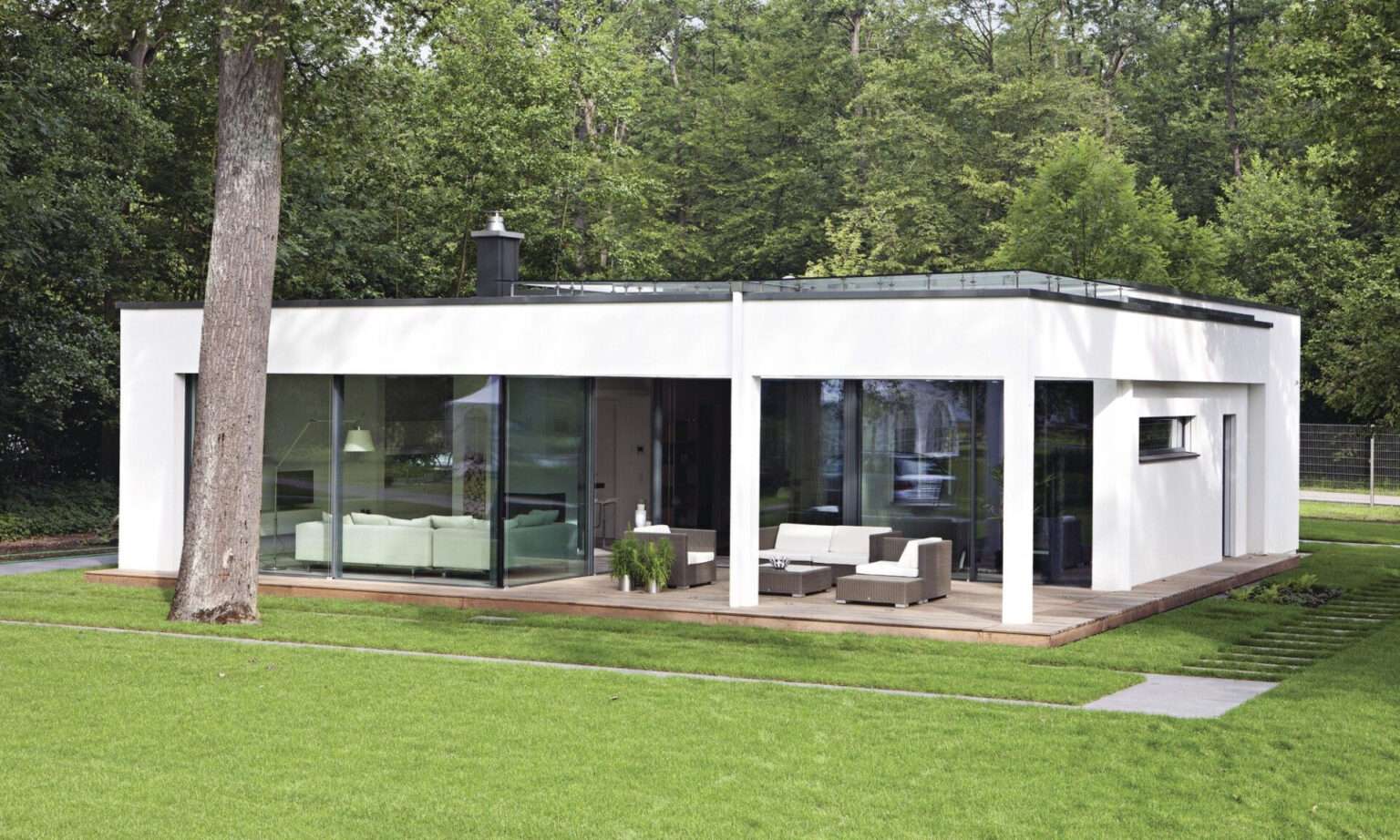
Geometric Shapes
Geometric shapes, such as squares, rectangles, and circles, are prevalent in Bauhaus design, creating a sense of order and balance.
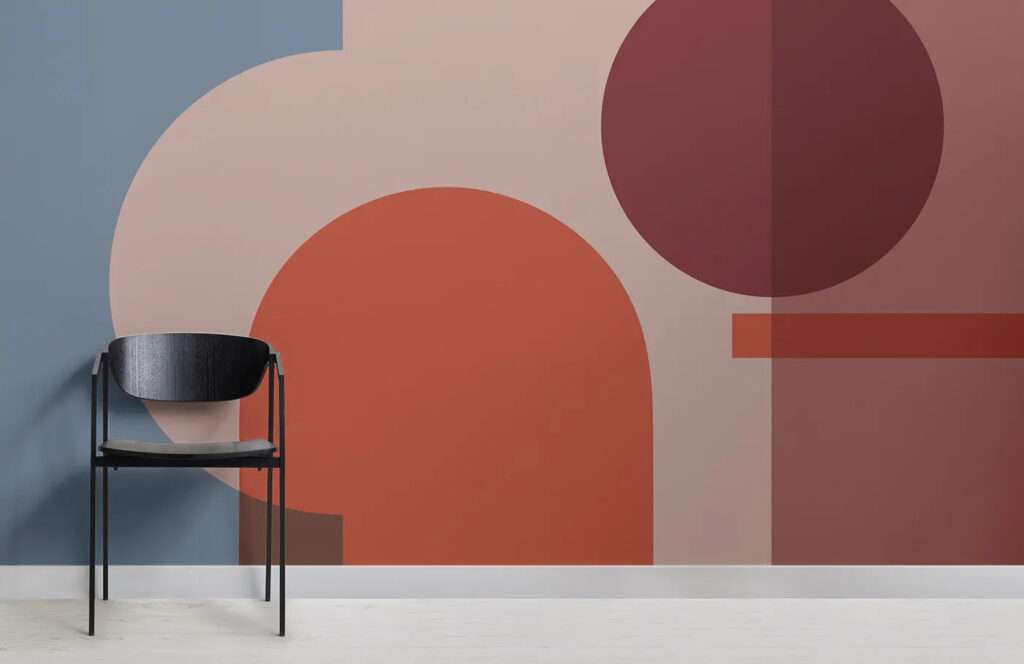
Bauhaus Interior Design Influence Today
Modern Minimalism
Bauhaus laid the foundation for modern minimalism in interior design, which continues to be popular for its clean and timeless appeal.
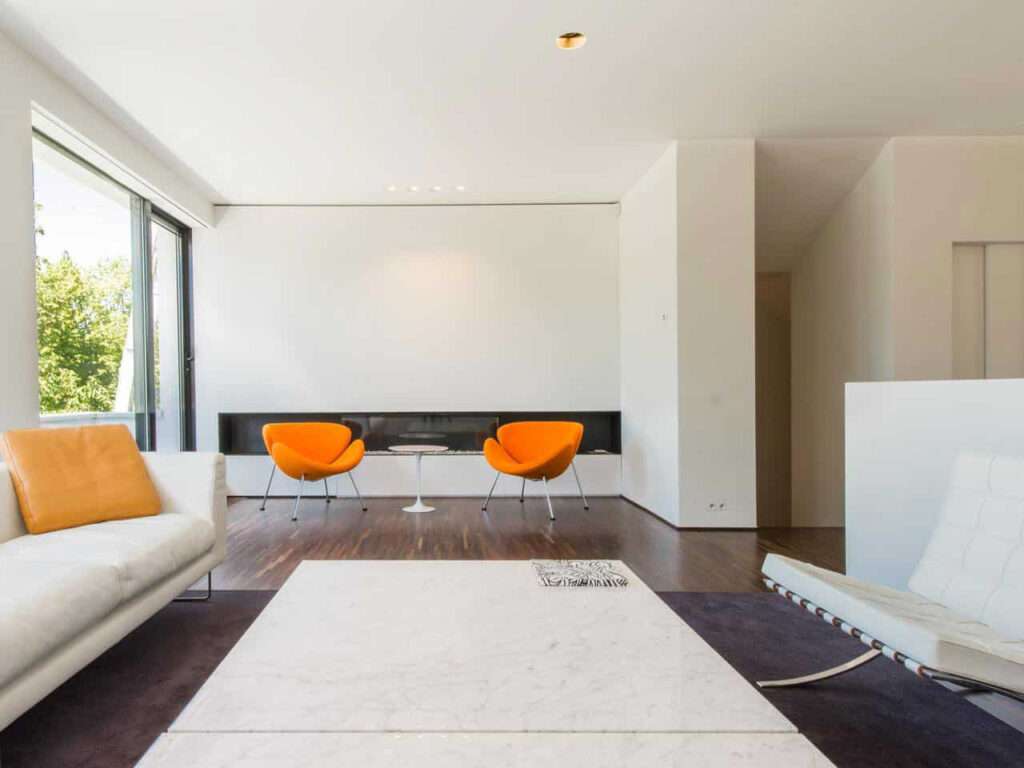
Scandinavian Design
Scandinavian design draws inspiration from Bauhaus principles, emphasizing simplicity, functionality, and the use of natural materials.
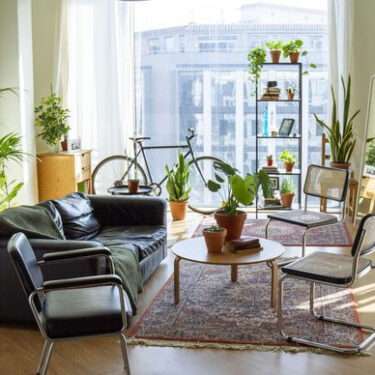
Industrial Chic
The industrial chic trend takes cues from Bauhaus by incorporating raw materials like steel and concrete into contemporary interiors.
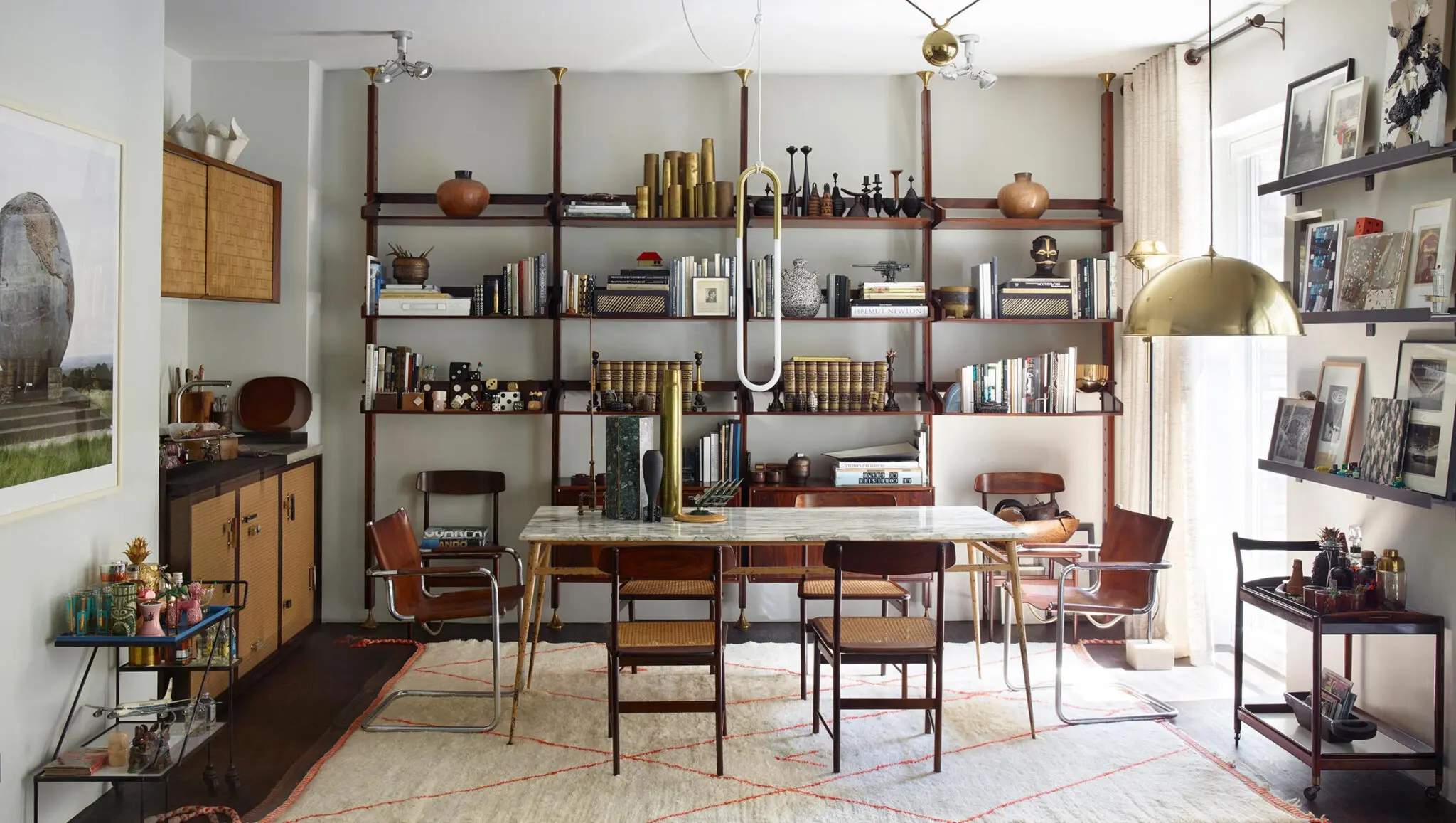
Blending Bauhaus with Contemporary Styles
Bauhaus interior design is not limited to a rigid set of rules. In fact, it can be seamlessly integrated with various contemporary styles to create a fresh and unique look for your living space.
Bauhaus and Minimalism
If you’re a fan of minimalism, combining it with Bauhaus design is a match made in heaven. Minimalism emphasizes simplicity, functionality, and the use of neutral colors. By incorporating Bauhaus principles like geometric shapes and clean lines, you can achieve a minimalist look that’s both striking and practical.
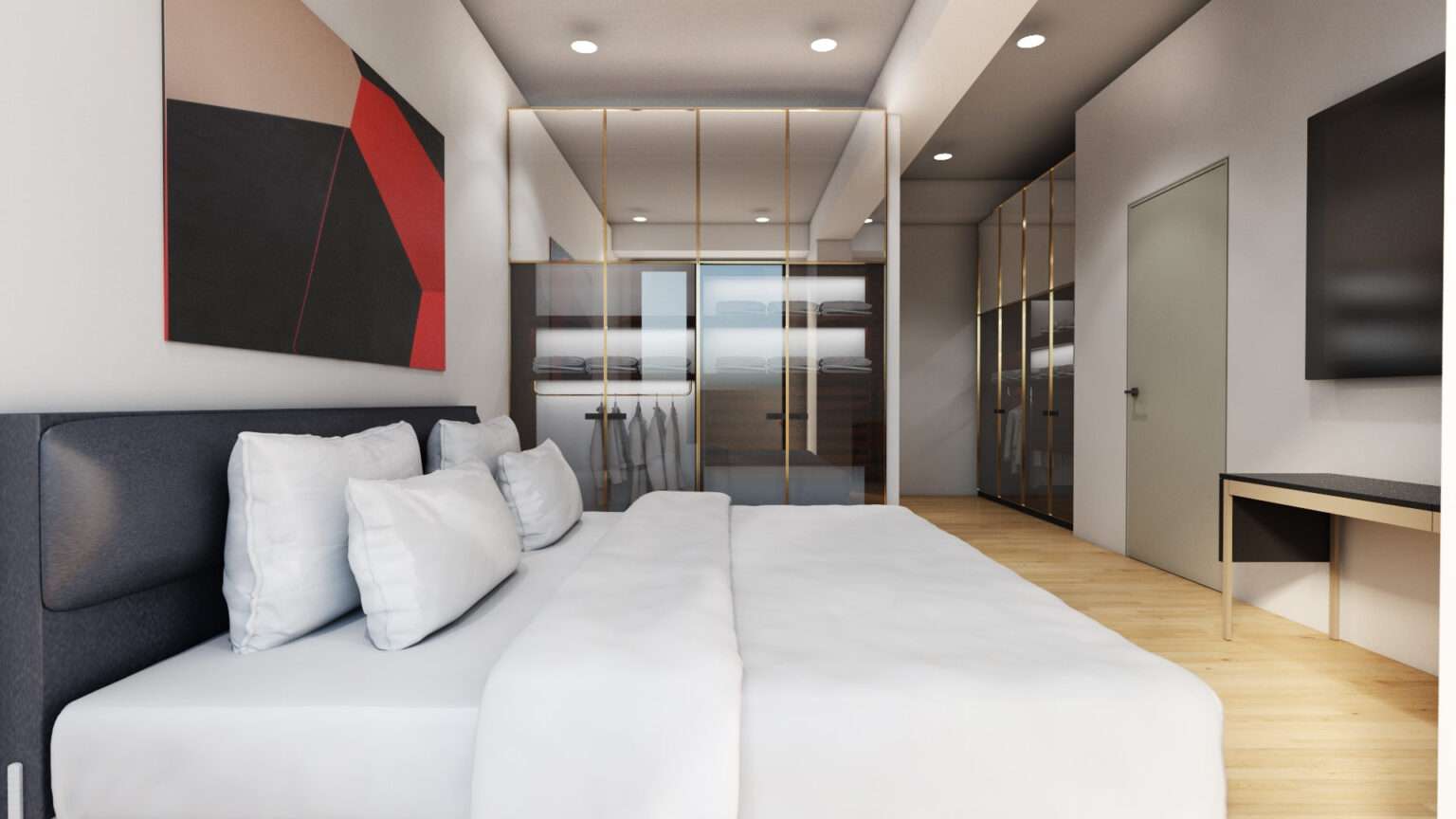
Bohemian Bauhaus Fusion
For those who appreciate a more eclectic and vibrant aesthetic, consider blending Bauhaus with Bohemian design. Boho-Bauhaus interiors can feature Bauhaus-inspired furniture and decor elements alongside colorful textiles, patterned rugs, and an array of artistic accessories. This fusion creates a harmonious contrast between order and spontaneity.
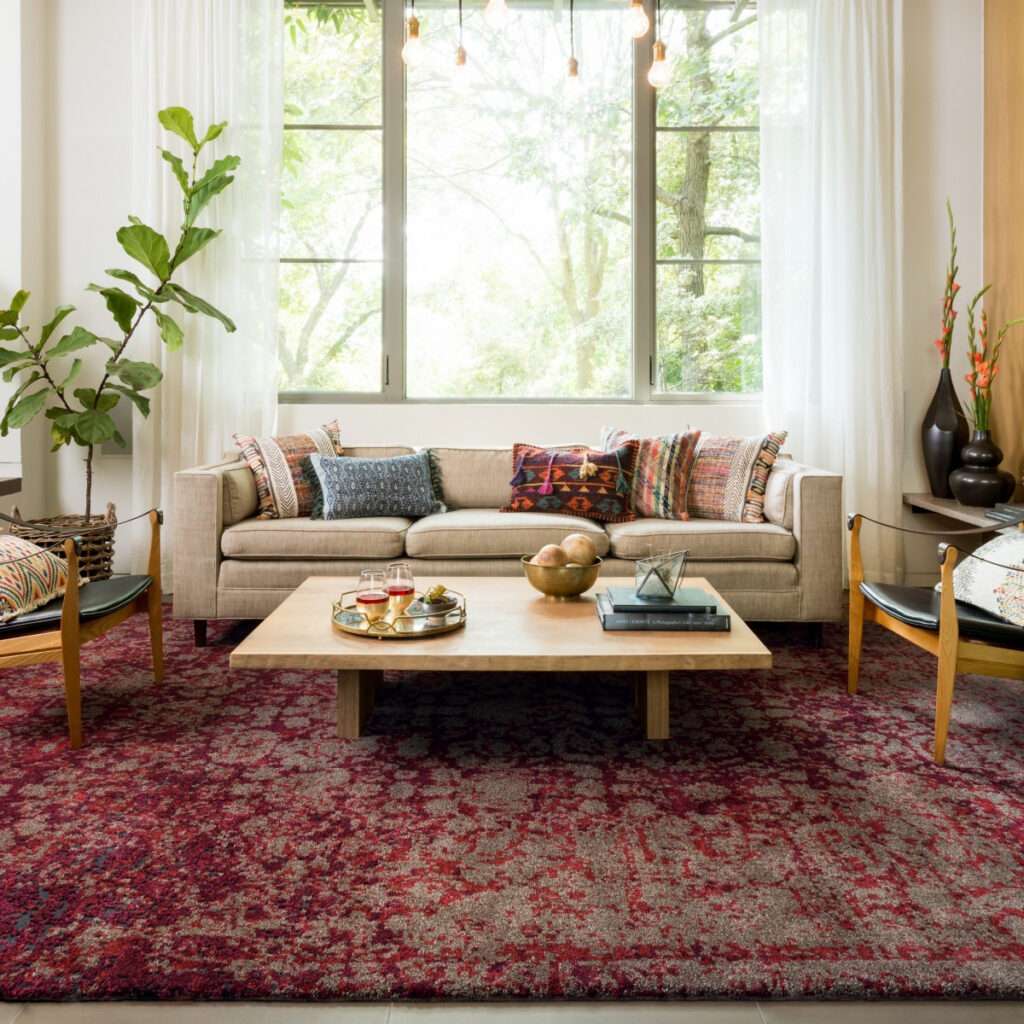
Bauhaus in Small Spaces
If you’re dealing with limited square footage, Bauhaus design can be a lifesaver. Its emphasis on minimalism and functionality makes it an ideal choice for small apartments or studios. Opt for multifunctional furniture pieces, such as sofa beds or wall-mounted desks, to maximize space efficiency without sacrificing style.
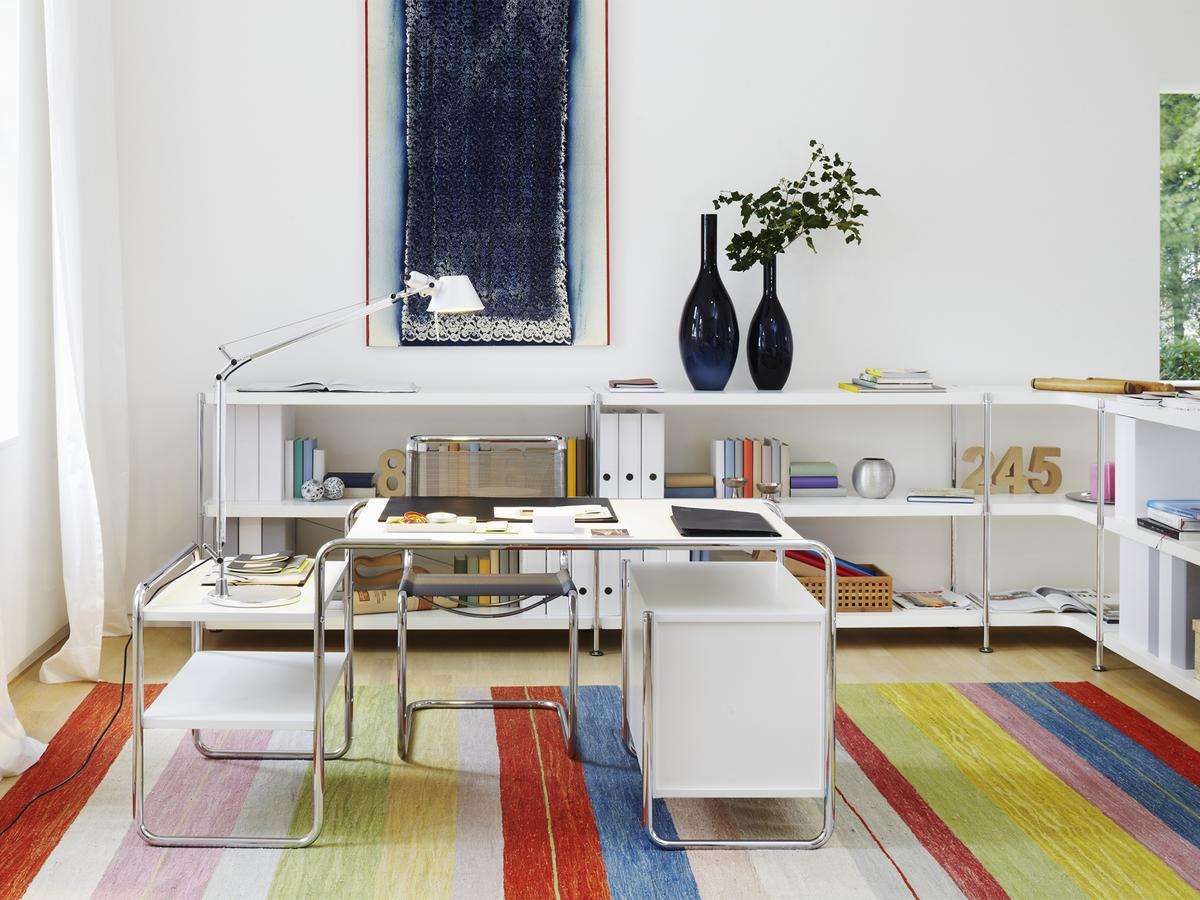
Embracing Bauhaus Colors
While Bauhaus design often leans towards a restrained color palette, there’s room for creative expression. You can inject pops of color strategically to add vibrancy to your interior. Consider using Bauhaus-inspired primary colors like red, blue, and yellow as accent hues against a backdrop of neutrals.
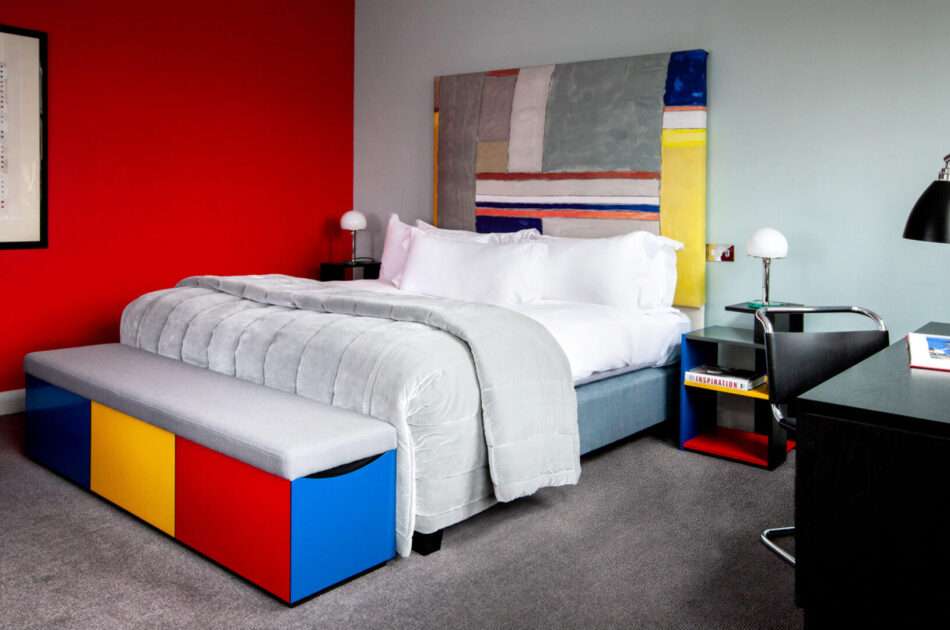
The Future of Bauhaus Interior Design
As we step into the future, Bauhaus interior design continues to evolve and adapt to contemporary lifestyles. With the increasing emphasis on sustainability, Bauhaus principles align well with eco-conscious design. Expect to see more eco-friendly materials and energy-efficient solutions integrated into Bauhaus-inspired interiors.
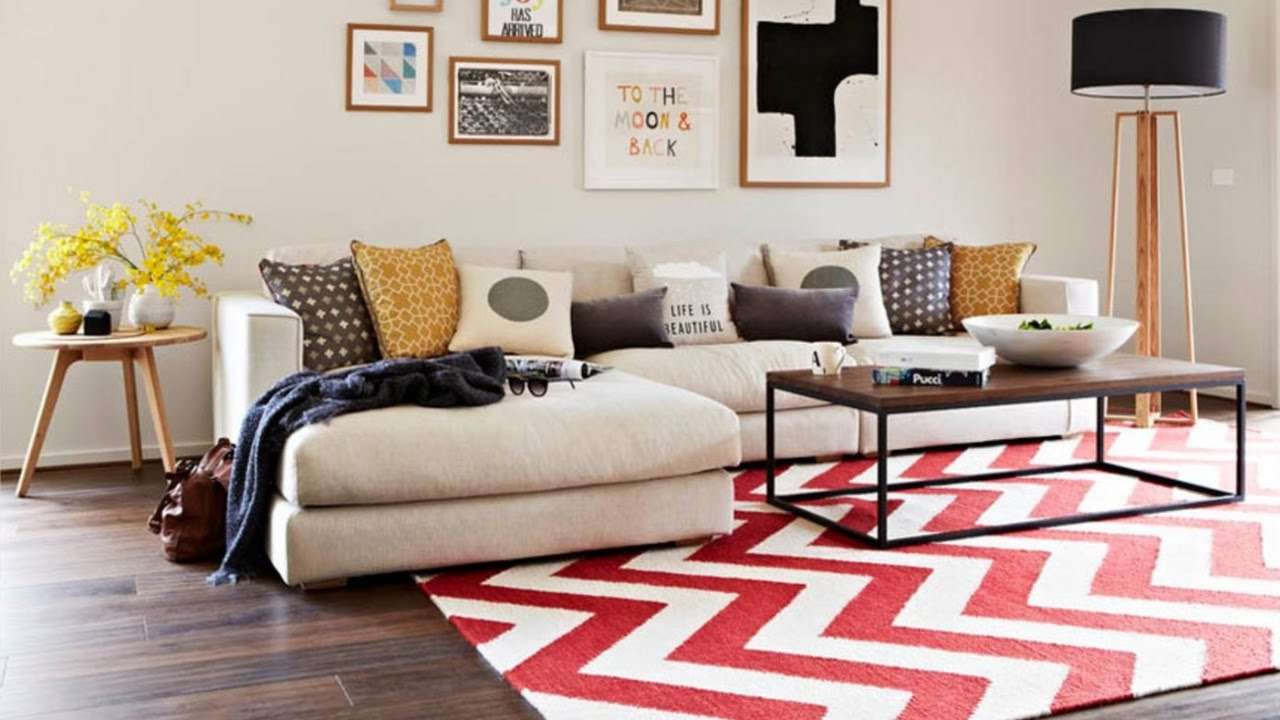
Bauhaus Art and Wall Decor
When it comes to decorating your Bauhaus-inspired space, consider the incorporation of Bauhaus artworks and wall decor. Bauhaus was a hub of artistic innovation, and its artists produced captivating pieces that are still celebrated today. Look for prints or original artworks by Bauhaus artists like Wassily Kandinsky and Paul Klee. These pieces can serve as both decorative elements and a nod to the movement’s artistic heritage.
Bauhaus-Inspired Murals
For a bold and immersive touch, consider commissioning a Bauhaus-inspired mural for one of your walls. This can be a stunning way to infuse your living space with the movement’s abstract and geometric aesthetics.
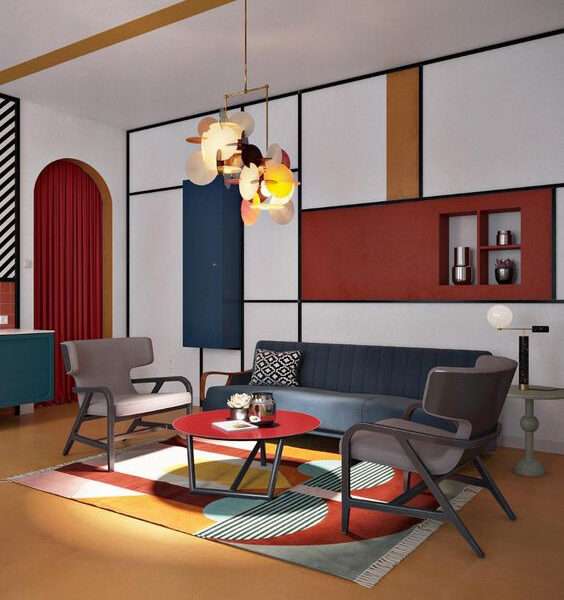
Lighting the Bauhaus Way
Lighting plays a crucial role in interior design, and Bauhaus style is no exception. Seek out fixtures that feature clean lines and geometric shapes. Pendant lights with metal or glass shades can complement your Bauhaus-inspired space beautifully. Additionally, adjustable lighting is a key aspect of Bauhaus functionality, so consider fixtures that offer flexibility in brightness and direction.

Bauhaus Outdoor Spaces
Don’t forget about your outdoor areas when embracing Bauhaus design. Extend the principles of simplicity and functionality to your outdoor spaces as well. Opt for minimalist outdoor furniture, such as metal or wood pieces with sleek lines. Incorporate geometric shapes into your landscaping, like square or rectangular planters. By extending the Bauhaus aesthetic to your outdoor areas, you create a seamless transition between indoor and outdoor living.

Sustainable Bauhaus Landscaping
In line with modern sustainability trends, you can incorporate eco-friendly landscaping principles into your Bauhaus-inspired outdoor spaces. Choose native plants that require less water and maintenance, and consider using recycled or upcycled materials for hardscaping elements.

Bauhaus Interior Design for Every Room
Bauhaus interior design is versatile and can be applied to any room in your home. Whether you’re designing a sleek Bauhaus-inspired kitchen with minimalist cabinets and appliances or a cozy Bauhaus bedroom with geometric patterned bedding, the principles of this movement can enhance the functionality and style of every space.
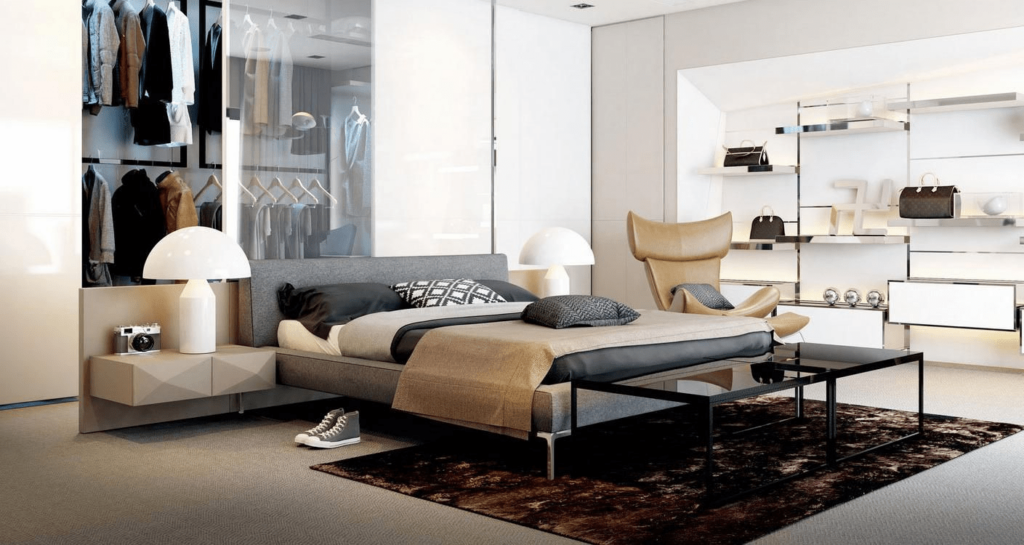
In conclusion, Bauhaus interior design remains a beacon of innovation and inspiration in the world of interior design. Its core principles of form following function, minimalism, and the integration of art and technology continue to shape the way we design and decorate our living spaces. As we look to the future, the timeless aesthetic revolution of Bauhaus is sure to endure, influencing generations of designers to come.
FAQs
1. What is Bauhaus interior design?
Bauhaus interior design is a style that prioritizes functionality and minimalism, characterized by clean lines, geometric shapes, and a restricted color palette.
2. Who were some notable Bauhaus designers?
Prominent Bauhaus designers include Walter Gropius, Marcel Breuer, and Ludwig Mies van der Rohe.
3. How can I incorporate Bauhaus elements into my home?
You can incorporate Bauhaus elements by choosing furniture with clean lines, using geometric patterns, and opting for a simple, uncluttered aesthetic.
4. Is Bauhaus interior design suitable for small spaces?
Yes, Bauhaus design’s emphasis on simplicity and functionality makes it an excellent choice for small spaces, creating an illusion of openness and order.
5. Can Bauhaus interior design be combined with other styles?
Absolutely! Many interior designers blend Bauhaus elements with other styles to create unique and personalized spaces that reflect their clients’ tastes and preferences.
